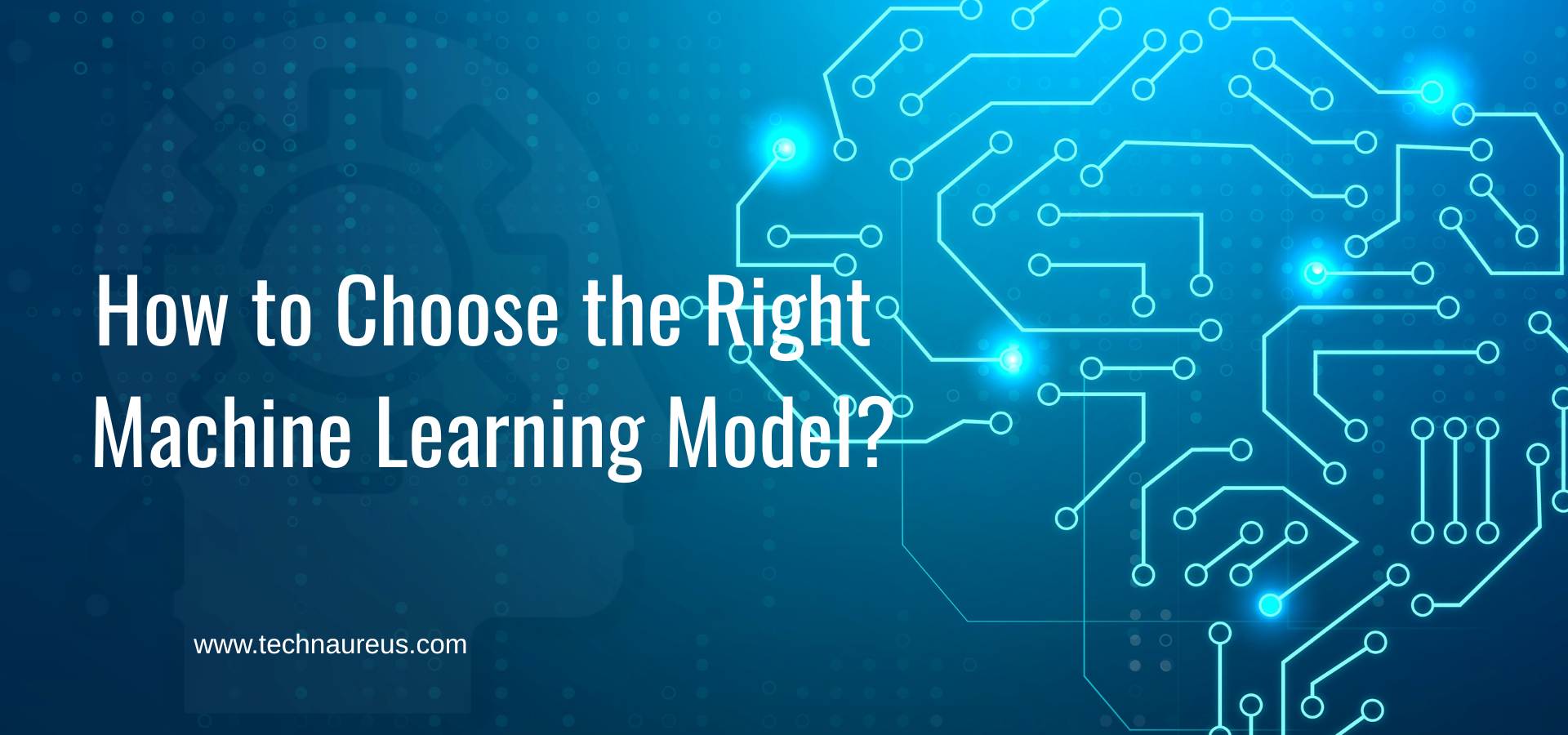Sanjay AjayOct. 18, 2025
In the fast-evolving world of AI & ML (Artificial Intelligence and Machine Learning), choosing the right machine learning model can be the difference between success and failure. Whether you're developing a small proof-of-concept or a full-scale application, the ML model you choose must align with your problem type, data characteristics, and performance goals.
In this beginner-friendly guide, we'll break down the key factors that help you select the right Machine Learning model for your project.
Before diving into model selection, it's important to understand what AI and ML models are and what they do. Machine learning models are algorithms that learn patterns from data and make predictions or decisions without being explicitly programmed.
These models fall into three primary categories:
Ask yourself: What am I trying to predict or classify?
Quality and quantity of data play a huge role in AI ML model performance:
While complex models like deep neural networks can achieve high accuracy, they may be hard to interpret. Choose interpretable models if you need transparency:
Different models shine in different metrics. Choose metrics aligned with your goals:
Always test your model's generalizability using techniques like k-fold cross-validation. This avoids overfitting and gives a more realistic estimate of model performance.
Here’s a quick rundown of some beginner-friendly ML models:
Best for predicting numerical values from continuous data.
Simple and effective for binary classification problems.
Good for both classification and regression, easy to interpret.
Improves performance over decision trees by reducing overfitting.
Easy to implement and works well with small datasets.
You don’t need to build everything from scratch. Here are a few tools that make experimenting with AI ML models easier:
Choosing the right Machine Learning model isn’t just about technical expertise—it’s about understanding your problem, your data, and the trade-offs you’re willing to make. With the right approach, even beginners can make smart choices in their AI ML journey.
Want to explore more? Start testing different models using your own dataset on platforms like Google Colab or Kaggle, and see what works best for you.

0